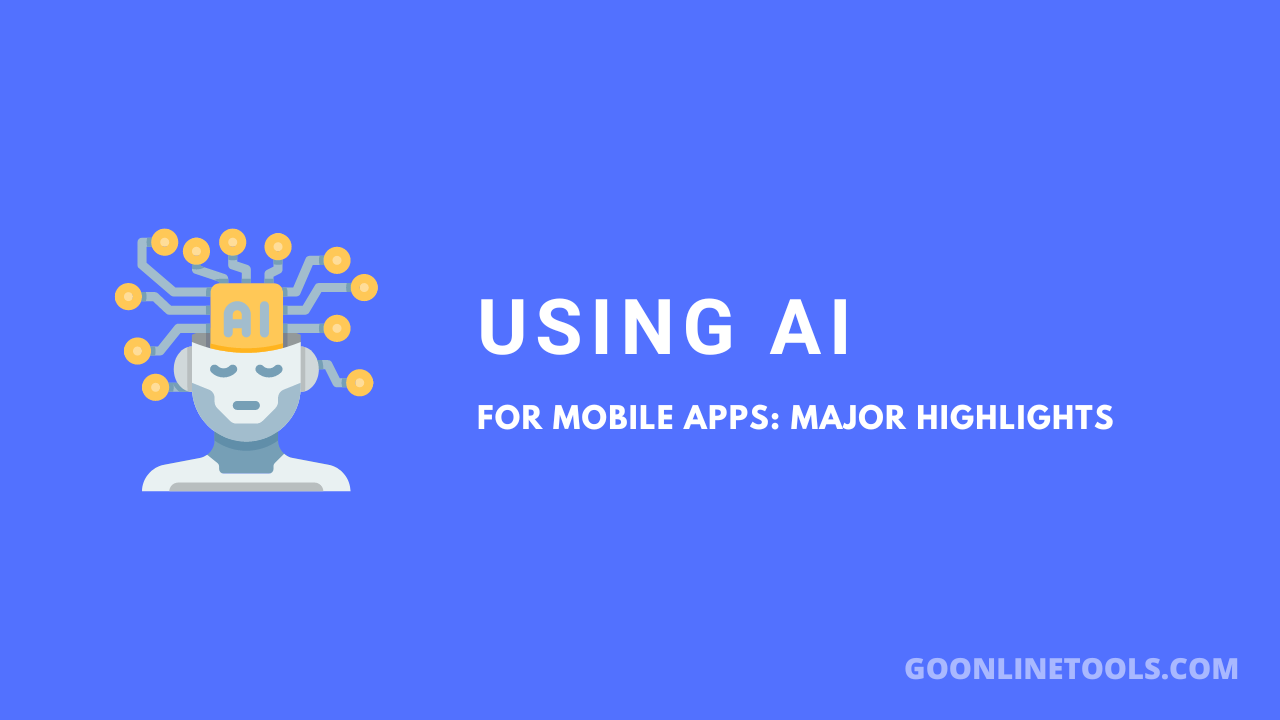
Featured image for "How Different Generations Perceive Technology"
Every generation interacts with emerging technologies in unique ways based on what was available during their formative years. Those born in earlier eras had to adapt to continually advancing innovations, whereas youth today are “digital natives” for whom connectivity is second nature. Millennials stand out as pioneers embracing each new development, but even baby boomers are integrating applications and platforms and optimistically view technology’s benefits.
Delving into statistics on adoption trends and risks illuminates both motivators and barriers various people face. Recommendations for knowledge sharing and intuitive collaboration tools aim to lessen friction. Ultimately, prioritizing understanding over assumptions and emphasizing shared responsibility can strengthen cohesion between all.
Understanding Digital Generations

Technology adoption is personalized, but commonalities exist for each generation. With the help of ExpressVPN’s recent survey on how to teach your parents about technology, this section aims to provide valuable insight into the nuanced characterizations and variances in technology adoption seen between generations. Let’s begin!
Digital Natives and Digital Immigrants
Belonging to distinct eras during which technology evolved at different paces significantly impacts people’s comfort with innovations. Younger people who came of age with constant connectivity integrated into their daily lives are termed “digital natives,” while predecessors underwent a more incremental adaptation process to rising innovations and are described as “digital immigrants”.
Categorizing Generations
Birth-year groups are categorized based on the state of technological advancements present during their childhood and developmental years to better illustrate how this influenced adoption and the perspective differences seen between those people today. This framework includes generations referred to as Silent Traditionalists, Baby Boomers, Gen X, Millennials, Gen Z, and Gen Alpha.
Technology Adoption Rates Across Generations
Younger folks tend to be early adopters of the latest gadgets and platforms, while predecessors may be more selective or have slower uplifting patterns.
Over 63% of Silent Traditionalists communicate online with family, and over 56% use computers for socialization, demonstrating openness despite limitations. Still, only 40% utilize social media, preferring email.
Over 88% of baby boomers vow that pandemic-elevated tool incorporation continues to ease daily life. Studies show a 431% increase in grocery app/site use and a 469% boost in telehealth use for this cohort especially.
Around 74% of Gen X populated social media fastest digital immigrants, and nine in ten employ Facebook. True to their “MTV Generation” roots, this group still appreciates streaming and smart TV entertainment. As “Selfie Generation” pioneers, nearly 100% of millennials claim internet use, and over 68% socialize online. However, remote collaborations and financial exchanges demand vigilance regarding leaks.
For Gen Z, focused technology training and mindfully selecting helpful programs while bypassing dubious connectivity can sustain secure access supporting education and interactions. Gen Alpha families cite internet benefits for scholastic achievement yet note engagement hazards. Guidance equips these curious digital explorers to reap the rewards safely.
Overall, each era’s attitudes and interactions hold value. A strengths-based perspective embracing diversity inspires beneficial change.
Technology Use by Generation

Let’s explore how varying generational people interact with innovations according to statistics and habits. Key distinctions between age groups are investigated to provide helpful context on both motivators and barriers experienced relating to adoption behaviors.
Silent Traditionalists
Studies find that the majority of this earliest living generation opts to connect with loved ones through computers and email. They are cautioned to shield against technical assistance scams and fraudulent messages online through protected devices and verified email authenticity.
Baby Boomers
While traditionally embracing changes more than predecessors, baby boomers significantly relied on the tools of their youth, like home computers. Recent surveys demonstrate how pandemic-driven app and telehealth adoption continues alongside passwords and discretion over exposed information.
Gen X
Gen X, also known as the “MTV Generation,” was quick to adopt social media and streaming services. While this group previously favored electronics like the Walkman, they now heavily use platforms such as Facebook and streaming services, managing privacy settings and selectively engaging online.
The positive language, key points highlighted about each generation and recommendations for maintaining security showcase the benefits of technology while addressing challenges supportively. Transitioning smoothly between topics through a conversational yet informative tone as intended helps connect with readers on this relatable subject. Moving forward, delving into specific use statistics would further enrich understanding diverse user experiences across generations.
Generational Risks and Solutions
This section explores the cybersecurity hazards distinct cohorts may face relating to technology usage, alongside recommended mitigation strategies presented supportively.
Millennials
As “digital pioneers” who readily embraced connectivity innovations, Millennials fully benefit from networking and cloud-based applications. However, remote work environments relying on such mediums necessitate vigilance to potential information leaks, addressed astutely with encryption and multifactor verification preservation practices to maintain security and privacy. Adopting these measures allows Millennials to reap the rewards of technology freely.
Gen Z
For Gen Z, centred around social media platforms and omnipresent smartphones, public wifi risks require prudence due to less secure access points. Optimizing privacy settings carefully is crucial for secure participation in their connectivity-reliant lifestyles.
Gen Alpha
Gen Alpha benefits from internet-facilitated education yet remains at risk of online bullying. Equipping families through parental controls paired with imparting respectful digital citizenship ensures this future workforce can build resilience against online threats. Fostering responsible use bolsters Gen Alpha.
Bridging Divides with Technology
Implementing intuitive knowledge sharing and change management using collaborative technologies assists organizations in harmonizing multi-generational personnel by emphasizing innovations’ advantages over drawbacks and resolving issues. Adopting suggested solutions supports every cohort in mitigating hazards and thriving securely online. A cooperative spirit boosts all.
Conclusion
This informative guide has illuminated generational technology perceptions and statistics and offered options for mutual understanding. While some embraced innovations forthrightly as second nature, others preferred established habits but optimistically viewed potential. Overall, prioritizing respect over assumptions supports all beneficiaries.
Rather than constraints, emphasizing shared empowerment through suggested security practices inspires fuller participation, allowing each cohort to reap technology’s rewards safely. Harmonious collaboration across variations cultivates futures benefiting people of every era. United through diversity and inclusive strategies, communities thrive, as organizations leveraging recommended solutions strengthen cooperation across age groups.
FAQS
Q: What is the largest generational gap seen in technology adoption?
The widest divide is between Silent/G.I. Generation and younger cohorts like Gen Z. Those born before 1946 had far less formative technological exposure compared to today’s “digital natives”.
Q: Do all generations experience technical challenges?
Yes, while comfort levels vary, all generations can face issues like cybersecurity risks, info leaks, and device troubleshooting. The article recommends mitigation strategies to support users of any age in leveraging innovations safely and productively.
Q: How can organizations unify multi-generational teams?
Implementing intuitive collaboration platforms, knowledge databases, and change management can help highlight tech’s benefits and lessen friction. Focusing on understanding differences rather than making assumptions also strengthens cohesion.
Q: What are some technology adoption trends seen in newer generations?
Younger folks rapidly take to new devices and connectivity compared to predecessors. However, stats show Gen Z and Alpha increasingly prioritize security, and organizations collaborating cross-generationally see advantages in tailoring onboarding accordingly.
Jamshaid is a seasoned writer with a passion for demystifying complex topics. His unique ability to distill intricate concepts into clear, concise language has earned him a reputation as a trusted voice in the industry.
View all articles




